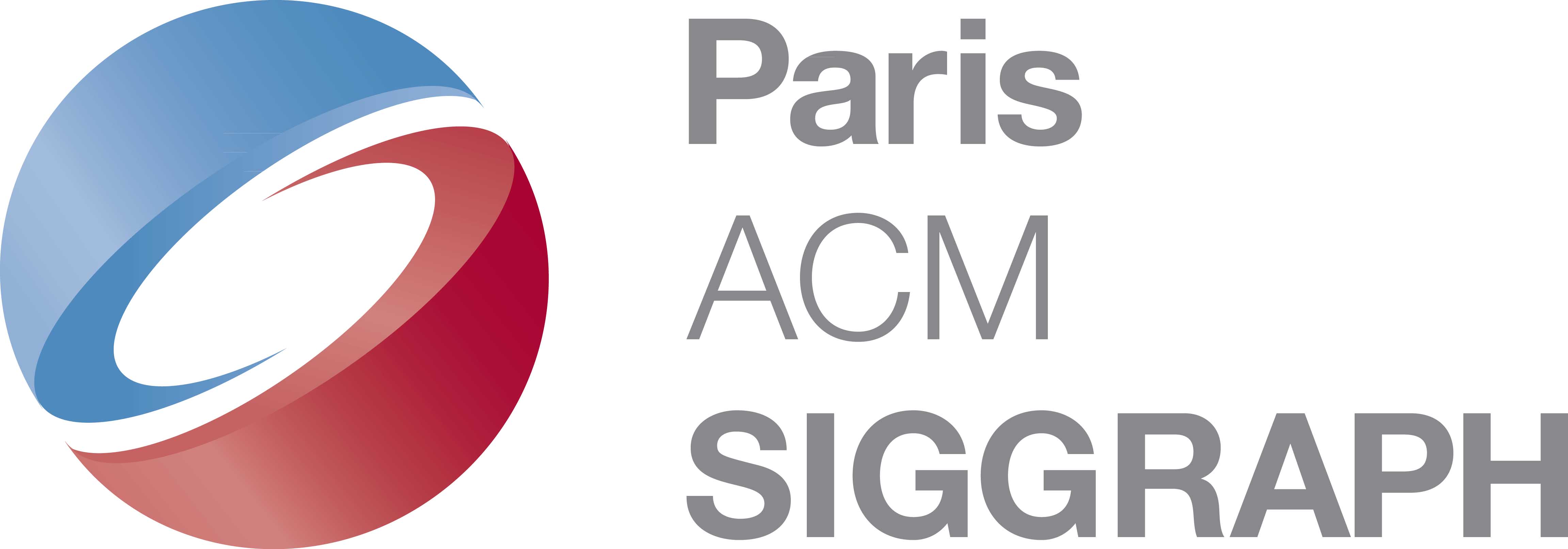Sculpture
Last revised 8/31/2014. Return to Major concepts. See (3D) printing, robots.
Lotus, by Hugo Verlinde.
All the digital painters we know of are listed in our Index, with direct link on their Diccan's item. By summer 2014, Diccan lists some 50 digital sculptors, narrowly defined (see below).We concentrate here on conceptual considerations and the state of the art. The historical development of the field is described, period after period, in our history of digital art.
We take here "sculpture" as any still 3D object, by contrast with painting (2D), cinema (2D or 3D + movement), multimedia (which may include sculptures). Among the 3D objects, we deal elsewhere with :
- design and diverse objects,
- architecture,
- kinetic art,
- interaction,
- robotics (taken as humanoid machines),
- bio-art (which somehow is "sculpture of the life").
Digital "sculpture" can use the computer and other devices
- virtual 3D objects
- tools to design the work of art, and possibly driving its materialization
- works including digital devices
- possibly generative behaviors (with lights or screens).
Virtual (still) 3D objects
- "All the 3D suites include tools to the initial phase of realization. Bud digital sculpture goes farther, proposing a more traditional approach, similar to clay modeling" (Guide Création 3D 2010. Our translation).
< Sculpture numérique avec Z Brush. by Scott Spencer. Person, 2010 c.
Tools to design the work of art, and possibly driving its materialization
Digitally controlled sculpture dates back to computer controlled machine tools, with the dedicated APT language (1960's). Art applications were stimulated by rapid prototyping then by the 3D printers. See for instance a notice on the website of Ars Mathematica. That gives mainly geometrically shaped structures.
Works including digital devices, e.g. Nam Jun Paik, or more recently, Misha Margolis.
Generative behaviors (with lights or screen) e.g. some works by Labau or Verlinde.
DICCAN'S PARTNERS
